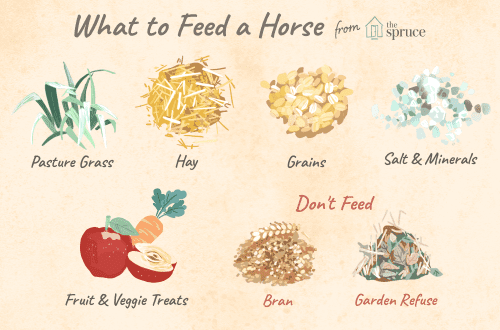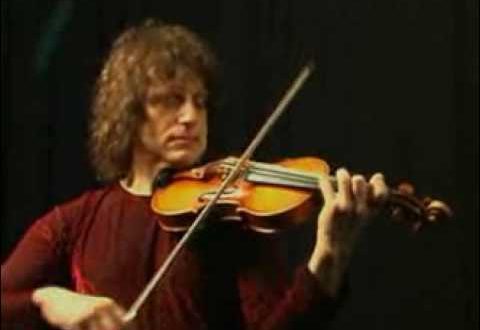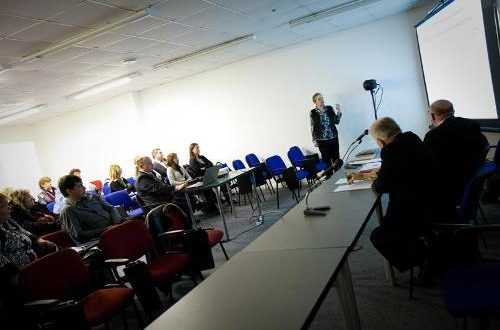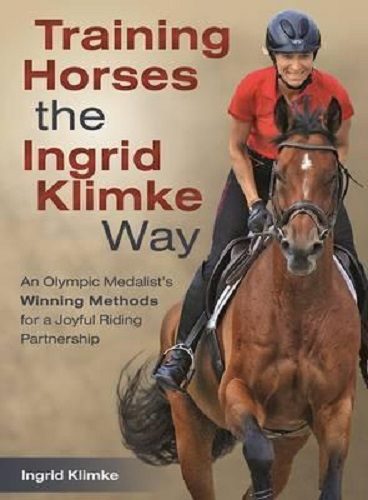
Fundamentals of successful training from Ingrid Klimke
Ingrid Klimke, a German, two-time Olympian and 5-Olympic, World and European Champion in Eventing, is often praised for her holistic approach to training and her ability to bring out the best in a wide variety of horses.
When you watch Ingrid’s performances, you get the impression of lightness and balance. How to achieve this? The FEI Portal contributors have brought together important aspects of Ingrid’s work. Here are a few of them.
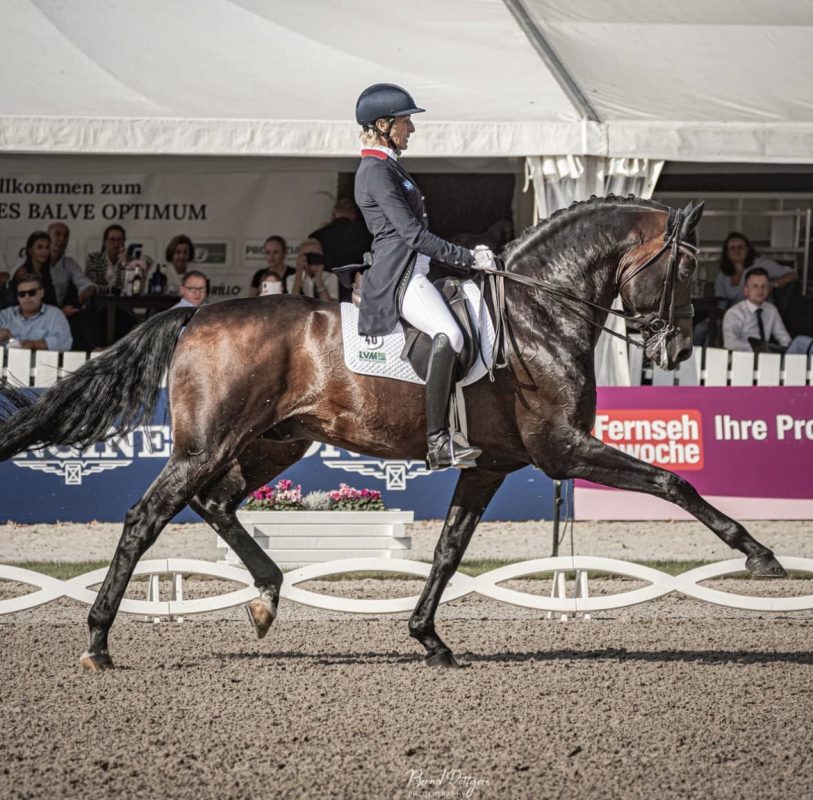
Ingrid Klimke / Photo: Bernd Rottgers
1. Warm up and cool down
Ingrid Klimke is a strong proponent of working on flexibility. Before you pick up the reins and ask for something more, you should pay due attention to the warm-up.
Ingrid says taking the time to relax and stretch during your warm-up will make it much easier for you to get your horse back together and work on new exercises. With the right warm-up and cool-down, you will also make the next day much easier, as you will not have to deal with muscle stiffness and soreness.
2. Cavaletti
The first thing Ingrid is known for is the use of Cavaletti in even the most mundane workouts. She works them on all her horses.
After all, poles not only add variety to training, but also help horses develop their natural movement and flexibility. Cavaletti is useful in a warm-up to help the horse “turn on” the hind legs. You need to move freely and relaxed on them.
3. Hands
Ingrid often mentions the importance of keeping the hands steady and steady in order to be able to provide the horse with elastic contact. One must use only the fist and not the whole limb, and also keep the hands together near the withers. This will make it easier to keep the horse in contact.
4. Work without a stirrup
Ingrid says that in order to really maintain a good level seat, especially when changing pace or gait, she sometimes trains without stirrups.
This is very important, as it is not uncommon for a horse to “swing” on changes of legs, for example, and this is often caused and exacerbated by the rider.
Without stirrups, it is much more difficult to ease your landing: stand in the stirrups or turn around in the saddle. On the contrary, it encourages you to sit correctly with good balance and even posture.
5. Outside rein
Maintaining contact with the outside rein through the inside leg is good horse frame, pace and flexion.
6. The individuality of each horse
There’s a reason why completely different horses look like superstars with Ingrid in the saddle. She states that each horse is different and has its own nature, which should not be suppressed and controlled during training. She needs to be respected.
7. Dressage
Even for jumping horses there is not much dressage. Ingrid thinks that the basis of good jumps is the horse’s ability to control his body well.
Doing a lot of dressage exercises helps develop balance and balance and makes horses more enduring and stronger.
8. Gymnastics
Gymnastic link work is a great way to build confidence in horses and help them improve their technique. The keys are also good for riders as they give them the opportunity to focus on their balance and position.
Source
 79 Alexandra 18 March 2022 city
79 Alexandra 18 March 2022 city🤔 Reply



